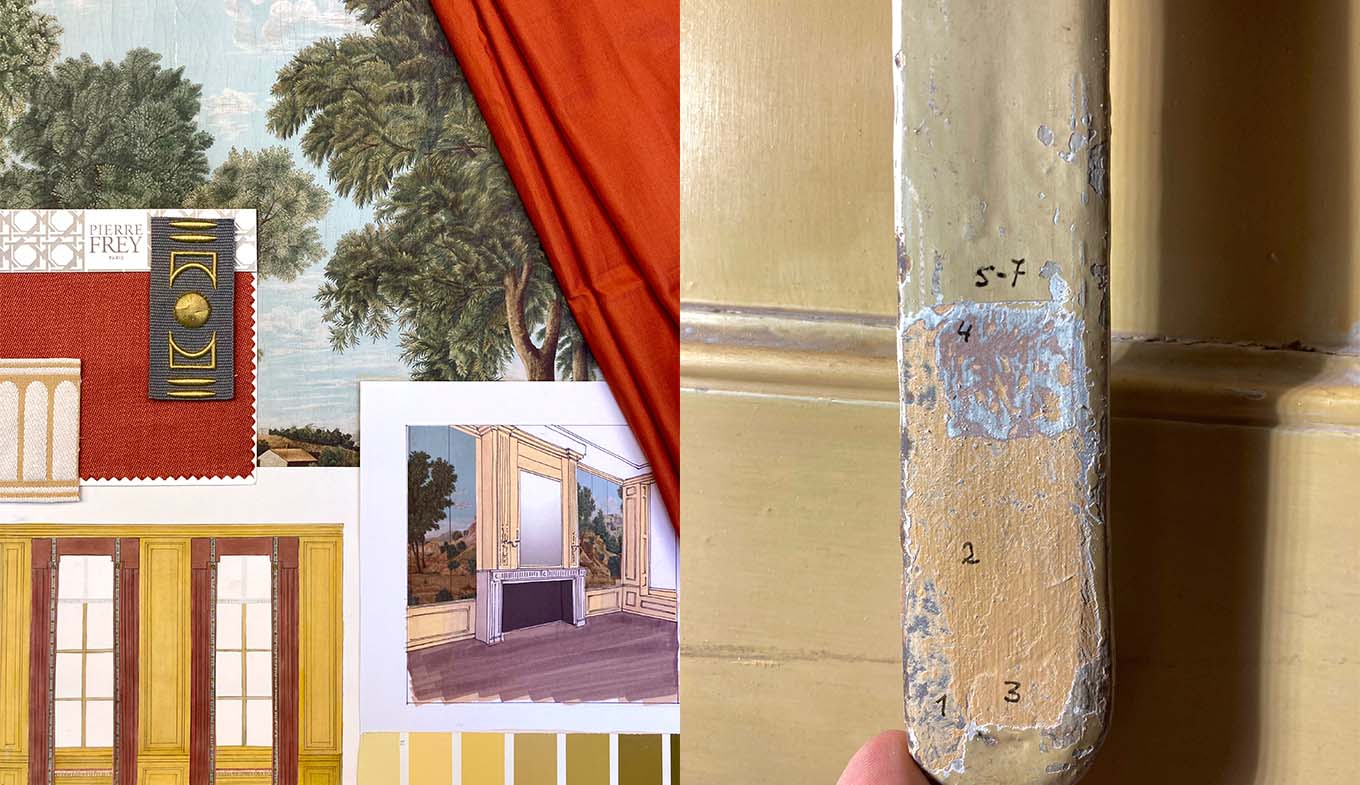
Teylers House to open on 5 December - Sept. 15, 2021
Rich history
Pieter Teyler was a wealthy Haarlem resident who bequeathed his fortune and house to a foundation with the express purpose of improving the lives of all. This resulted in, among other things, Teylers Museum, which opened in 1784, consisting only of the Oval Room at the time. Passing through the long, impressive marble hallway of what once was Teyler’s home, visitors entered the Oval Room and marvelled at the latest scientific inventions and contemporary artworks. Famous visitors such as Einstein, Emperor Napoleon and Tsar Alexander paid a call. The house is intimately connected to the museum, in terms of both physical structure and essence.
Extensive restoration
The 1,115-square-metre building consists of four linked houses, and the restoration is returning it to its 18th-century state as much as possible. Authentic architectural elements often long lost elsewhere have been preserved here and are currently being restored to their former glory: lush stucco ceilings, a long marble hallway and beautiful mantelpieces. In November 2019, after an initial phase focused on repairing the foundations and on making structural improvements, work started on the shell of the building. In order to interfere as little as possible with the original character of the house, nearly all fittings and installations have been concealed between the floors and the ceilings. Since March 2021, work has progressed on the finishing touches: painting, applying wall coverings, restoring the mantelpieces, stucco and furniture etc. The restoration has been made possible by close cooperation among the museum, the national heritage sector, the restoration architect, various experts and researchers, contractors and consultants.
Historical colour schemes and new finishes
Vital to the restoration of an historical interior is the palette used on the woodwork, walls and historical elements, such as the wooden staircase and stucco decorations. In order to determine an appropriate historical palette and soft furnishings, colour and interior experts were consulted. By means of (meticulous) colour research in situ, involving the exposure, layer by layer, and study of (sometimes dozens of) historical layers of paint, combined with microscopic paint research, a comprehensive ‘colour history’ of the house from the 18th century to the present day could be charted in detail. Considerable insight was obtained from the study of architectural history and archival research on, for example, relevant estate inventories and historical images. Extensive research on colours and interiors are at the basis of the newly chosen colour scheme, recalling the period when Pieter Teyler occupied the house and immediately following his death.
House of the Enlightenment
The Pieter Teyler House is one of the few places in the world where the Enlightenment is a tangible presence. Pieter Teyler thought practical inventions and discoveries were the best ways of making the world a better place. In this ‘House of the Enlightenment’, visitors will be invited to reflect on present-day views regarding how to make society better for everyone and how art and science can contribute to that goal.
For more information, see: teylersmuseum.nl